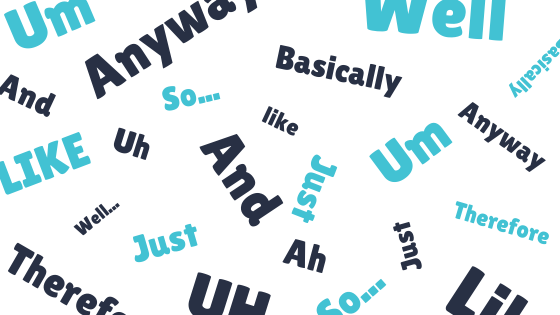Body and hand gestures are one of the hardest things to control when preparing for a speech. Some people have extremely nervous ticks and use their hands excessively while others simply stand stiffly like a statute. The article by Jena McGregor and Shelly Tan provides some extremely useful tips when it comes to our hands.
Gestures are helpful, not surprisingly, for both the speaker and the audience members. From the audience’s perspective, it reinforces your message and also re-engages us if, for whatever reason, you lost us. The authors simply explained it as “getting two explanations in one, and the brain loves that.”
As the speaker, it helps channel out that nervous energy and can actually make us feel more in the moment. For my friends who love to memorize their speeches, it can also act as a sign or reminder of where you are. Most importantly, when used strategically, it can help you make a real point and impact
The article goes into a lot of examples of gestures that you should and shouldn’t do. Check out my three favourite tips from the article below:
Quick note on the spider hands…I’ve come across this in so many instances with clients claiming that they feel this makes them look powerful. Personal experience along with some surveys I’ve done with some workshops have led me to the conclusion that it simply looks awkward and closed, as opposed to confident and open.
I’ve also really enjoyed the palm up tip because it does make you look more welcoming (think of your parents embrace when you first come home). Allan Pease’s TEDx talk on this was exceptional and tells us the real research behind it.
Check out the rest of the tips in the original article: click here.
Related Posts
- Ums, Ahs, and Filler Words: What does the Research Actually Say?
- Three Practical Resources for your Next Networking Event




